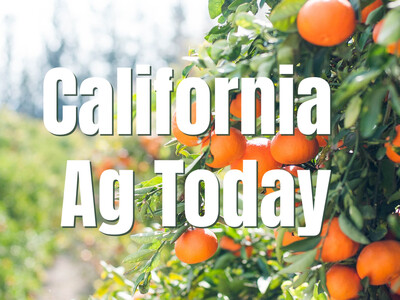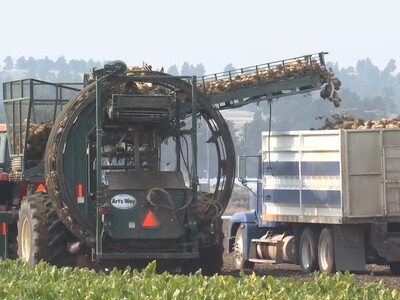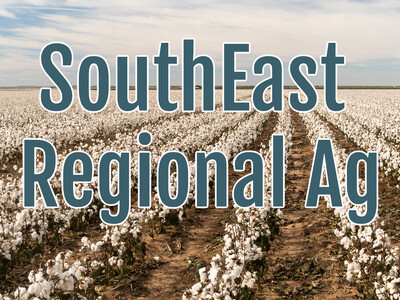Dams are Critical for Agriculture
Last week I had the opportunity to take a school field trip to Washington’s Grand Coulee Dam. It was amazing how that dam has changed the land scape of Eastern Washington and provided the needed irrigation to help the Columbia Basin become the grower of so many different crops. Recently high-end sportswear company Patagonia put an ad in Spokane’s Spokesman Review newspaper supporting the removal of Snake River Dams.To counter that misinformation, Spokane County wheat grower Marci Green wrote an Letter to the Editor about the importance of dams and their contribution to a clean environment and our region’s economy. Green shares some of her op-ed
Green: “Bottom-line: cost-efficient transportation allows farmers and the U.S. to compete in highly competitive overseas markets. The Snake River dams deliver clean energy, recreational, transportation, and fish and wildlife conservation benefits to our region. Visit www.snakeriverdams.com to learn more about the dam’s tremendous contributions to our regional economy and ecosystem.”
Go to aginfo.net to read Green’s letter in its entirety.
Marci Green’s Letter
Don’t Hold Back: Learn about the contributions the Snake River Dams make to our economy.
Last weekend, Patagonia ran an ad supporting removal of the “deadbeat” Snake River dams. In actuality, the dams on the Snake River are state-of-art facilities allowing salmon, clean energy, and cargo transportation to coexist.Over the past 20 years, there has been record-breaking salmon return numbers past all eight dams on the Columbia Snake River system. The Columbia River is the #1 wheat, #2 soy export gateway in the U.S. largely thanks to the Snake. Nine million tons of cargo are transported on the Columbia/Snake River annual, alleviating 346,110 truckloads (90,000 rail) off Washington Roads. Barges emit less particulate matter, hydrocarbons, carbon monoxide and nitrous oxide than rail or truck. One ton of barged cargo can go 576 miles with a single gallon of fuel, versus 155 “ton-miles per gallon” by trucks. Bottom-line: cost-efficient transportation allows farmers and the U.S. to compete in highly competitive overseas markets. The Snake River dams deliver clean energy, recreational, transportation, and fish and wildlife conservation benefits to our region. Visit www.snakeriverdams.com to learn more about the dam’s tremendous contributions to our regional economy and ecosystem.














